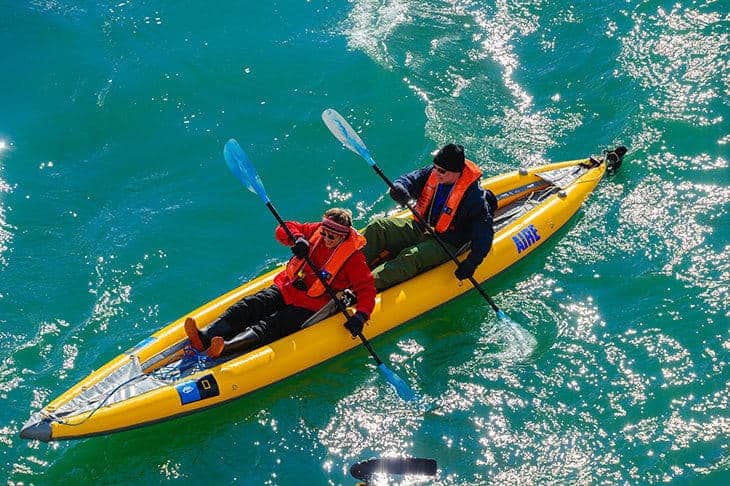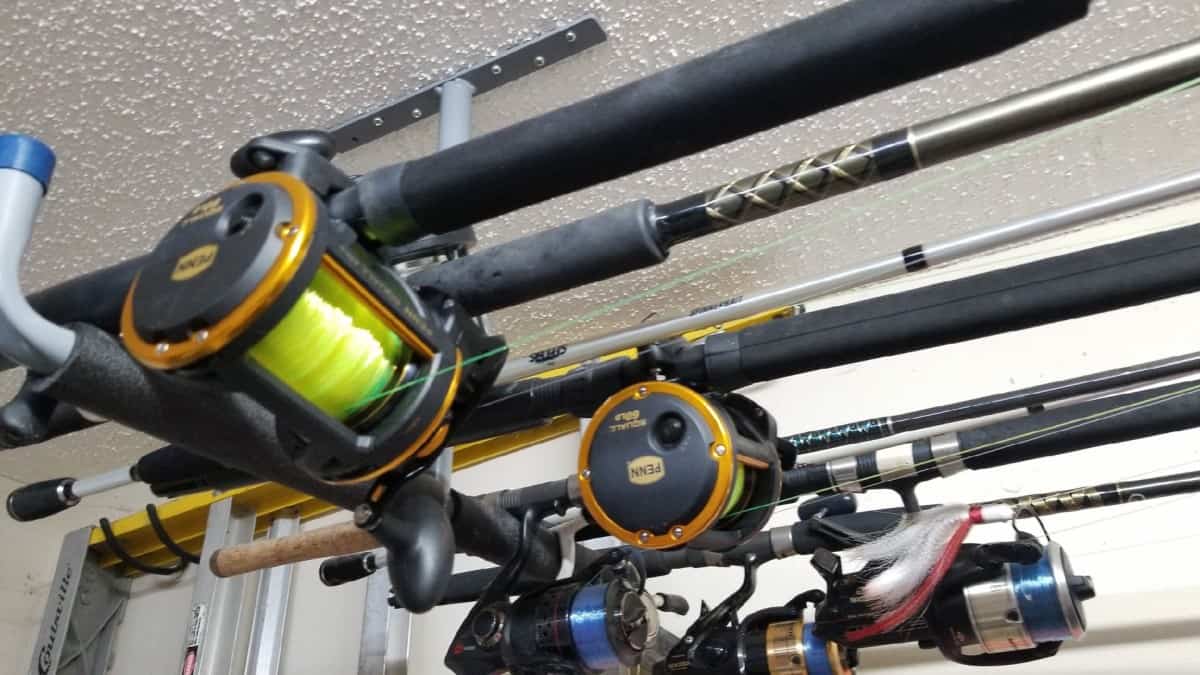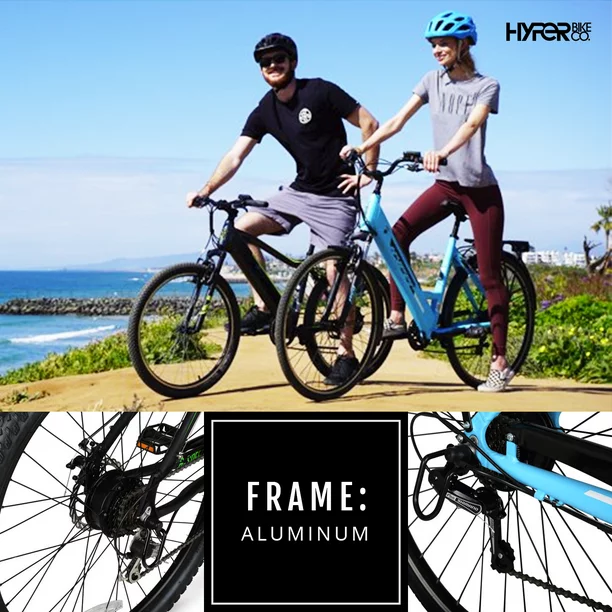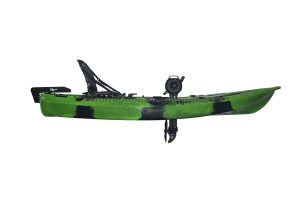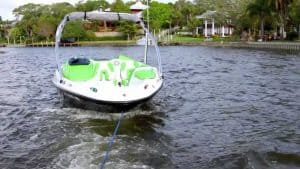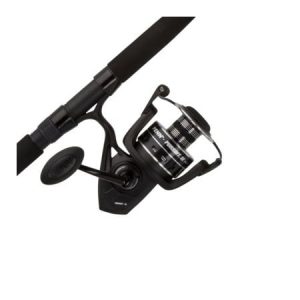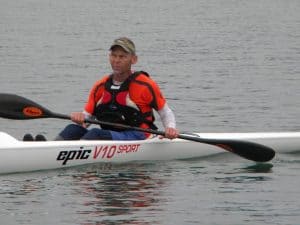Inflatable kayaks are a type of portable kayak that can be inflated for use and deflated for storage and ease of transport. Many inflatable kayaks are comprised of three air chambers—a floor chamber and two side chambers—though there are many designs available. Inflatable kayaks can be filled using a foot pump, hand pump or electric pump.
Inflatable kayaks aren’t suited for just one skill level or type of kayaking; there are models available for almost every kayaking activity or experience level. Rather, inflatable kayaks are best suited for those who value the benefits afforded by their compactness. For example, someone who wants to access hard-to-reach launch points would enjoy the fact that an inflatable kayak can be easily carried over rough terrain and for longer distances. Likewise, someone who lives in an apartment would appreciate that an inflatable kayak can be stored in a small space.
If those are things you value, read on to learn more about what to consider when purchasing an inflatable kayak that suits the particulars of your paddling pursuits.
What are the pros and cons of inflatable kayaks?
There are distinct advantages and disadvantages to inflatable kayaks when compared to their hard-shell counterparts or even other portable options such as foldable kayaks. You’ll need to weigh these pros and cons against each other based on what kayak features are important to you.
Keep in mind that regardless of whether you go the inflatable, foldable or hard-shell route, there’s a wide range of quality in kayaks on the market. It’s important you do your research and purchase from a reputable brand to ensure you’re making a wise investment, but more importantly to ensure your safety on the water.
[ Further reading: How to Buy a Kayak ]

Advantages
Lightweight
The weight of inflatable kayaks varies based on size and material, but as a general rule they are more lightweight than hard-shell kayaks. There are many exceptions, but a solo inflatable kayak commonly ranges from 8 to 40 pounds, and a tandem from 35 to 65. In contrast, a solo hard-shell kayak commonly ranges from 40 to 70 pounds, and a tandem from 60 to 90.
The lighter weight of inflatable kayaks means they are easy for one person to carry from their vehicle to the put-in.
Compact
Because an inflatable kayak can be deflated, it can be easily stored in small, indoor spaces if you don’t have a backyard or garage. Transportation is also made easier as it does not require a roof rack or trailer and can simply be stowed inside a vehicle.
You can even buy storage bags with backpack straps or handles so it can be easily carried from your home to your vehicle, and from your vehicle to the put-in. This also comes in handy when trying to reach access points that are overgrown or feature rough terrain that would be difficult to navigate when carrying a hard-shell kayak.
Practically Unsinkable
Saying “it floats” is a pretty basic selling feature for any kayak. But in this case we mean it floats—even if you spring a leak or swamp your kayak. High-quality inflatable kayaks are practically unsinkable, so long as your inflatable kayak has multiple air chambers.
If you do happen to puncture one air chamber, the other chambers will remain inflated and keep the vessel afloat, though you likely won’t be able to paddle the boat until repaired.
Lower Cost
While you can certainly find low-cost hard-shell kayaks on our Paddling Buyer’s Guide, you’re more likely to see a price tag under $1,000 for inflatable kayaks. The Sea Eagle Sport Kayak SE370 costs $289, for example, and the Advanced Elements AdvancedFramed Ultralite $649.
Of course, if you’re looking for more bells and whistles it isn’t hard to drop $2,000+ on other models. But generally, you can get an inflatable kayak for a cheaper price than a hard-shell.
Stability
The stability of inflatable kayaks is similar to hard-shells—and in some cases, paddlers may feel like an inflatable kayak has superior stability. This is usually due to inflatable kayaks having a wider and flatter base than many hard-shells. However, if the paddler fails to ensure the air chambers are equally or fully inflated, it may detract from the kayak’s stability on the water.
Most inflatable kayaks come with a pump (either a foot pump, hand pump or electric pump), some of which have a built-in psi gauge. If yours doesn’t, it can be helpful to purchase a pump that can measure psi to ensure the air chambers are equally inflated (and to ensure you aren’t over-inflating them, which can damage the internal septums).
To read more about this article: Inflatable Kayak Guide
Book Your Hotel

Join Our Newsletter
Helpful Links To Kayaks And More
1.Buyer Guide for Kayaks Paddles
I went shopping online at 4 different online stores to find the right paddle for my kayak.
The first store I went to was REI to get more infomation about buying the right paddle for my new kayak. There are a few thing to think about shift, blade, material and price, and last length. By choosing the right paddle you can save yourself a lot energy. Here is some information from REI:
Figuring out the right size (length) of paddle is surprisingly straightforward. The wider your boat is, the longer your paddle needs to be. Your height is also a factor, especially for a narrower boat: Taller paddlers need longer paddles.
To read the rest of the article: Buyer Guide for Kayaks Paddles
2.How to find a good kayak rental company?
I like traveling and trying new things. I have been to 20 different city this past month. I have enjoy good food, good weather, roof top bars, and the beach. I also have enjoy learning and listening to interesting people. There are different rental programs across the country at universities and colleges. I came a cross a program about the local University of North Florida (UNF), they offer “Gear Check-out & Adventure Trips.” The students can use the gear for free, for example, kayaks, canoing, and rock climbing.

The programs offered University of North Florida (UNF) allow students, staff and visitors to learn about team work in different environment. I like to see programs like that be very success like it is at our local university.
To read the rest of the article: How to find a good kayak rental company?
3.Kayak Buyers Guide
How to buy a kayak?
As I been writing this blog the past two weeks I have been shopping for a kayak. I went online to Dick’s sporting goods. I went to Walmart, Black Creek sporting goods store, and REI co-op.
Here is some information from each store, first Black Creek is more that you have to go into the store the online store does not have enough information to share online.
They do offer classes, rentals, certifications, and more….
To read the rest of the article Kayak Buyers Guide
Outdoor News
- MRD Hatchery Spawning Flounder for First Time
- Reward offered in stoning death of javelina at elementary school
- Idaho extends wolf hunting and trapping seasons
- New Hampshire Wildlife Control Operator Training Class
- DEC Seeks Volunteers to Join Striped Bass Cooperative Angler Programs
BoatMag.com News Latest Boats 2020
- 2020 MasterCraft NXT22
- 2019 Boat of the Year Trophy Presentation: Solace 345
- 2020 Centurion Vi22
- 2020 Centurion Vi24
- 2020 Sanger 231 SL
Best Fishing Practices
Many anglers plan ahead and incorporate best fishing practices using tips to ensure safe and responsible angling. Thank you to www.fishsmart.org or providing the following tips:.
Plan Ahead
Know your fishing regulations and have the necessary equipment ready to release fish that you do not plan to keep.
Avoidance
Develop fishing skills to target the size and species you desire. Change location, depth, or bait to avoid catching fish you do not intend to keep.
Appropriate Gear
Use appropriately sized gear that is targeted to the species you desire to catch. Use circle hooks when planning to release fish and where they are required.
Landing Fish
Do not play the fish to exhaustion. Use line strong enough to minimize playing time. Land the fish quickly and if possible, release them while still in the water.
Handling Fish
Use knotless, rubberized landing nets and rubberized gloves to avoid removing the slime layer from the fish’s body. Keep the fish horizontal and support the body. Avoid dropping the fish, especially onto hard surfaces. Use release tools, such as dehookers and recompression tools, to minimize handling. Release fish as soon as practical and do not keep them out of the water longer than necessary.
Additional Information: Fishing Maps that might be helpful for your next fishing trip.

Conclusion
Hope this post was helpful to you and that you have a very successful trip fishing with your friends and family! Check out the other sections of my blog for more tips on KayaksBoats.
Please visit our Sponsors:
